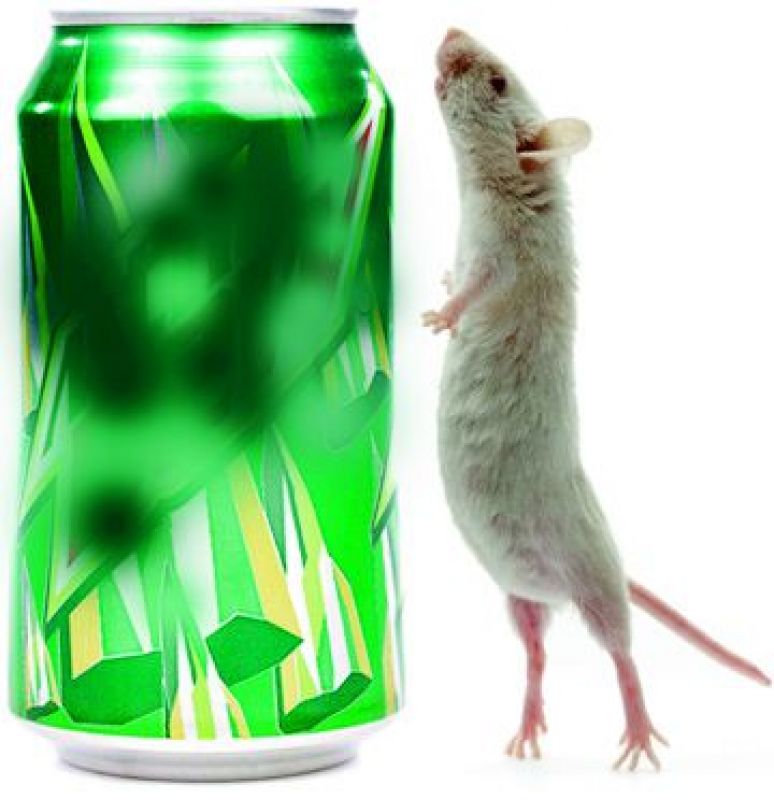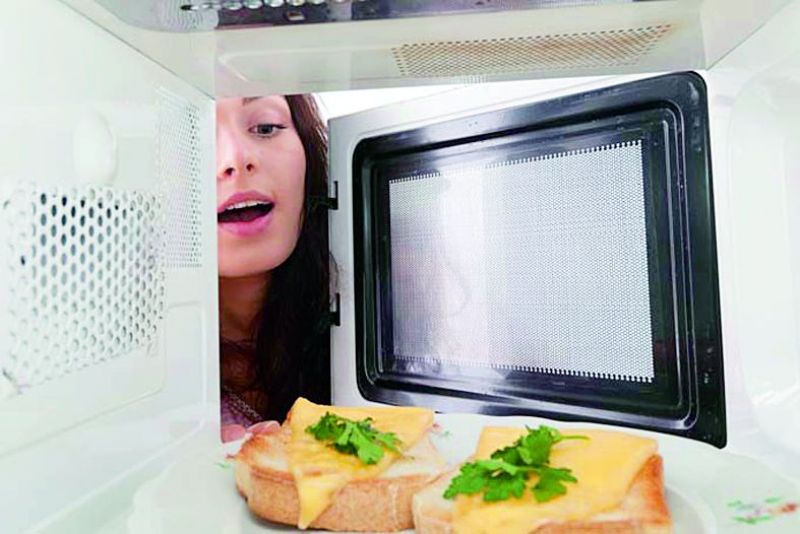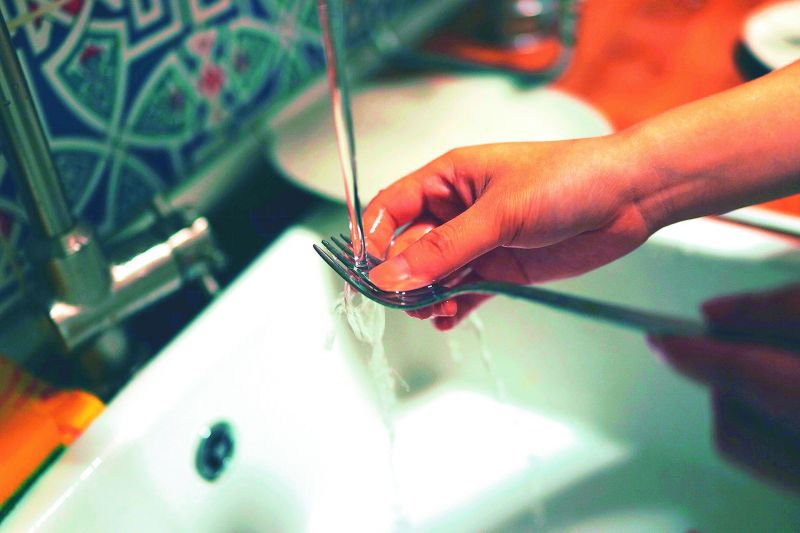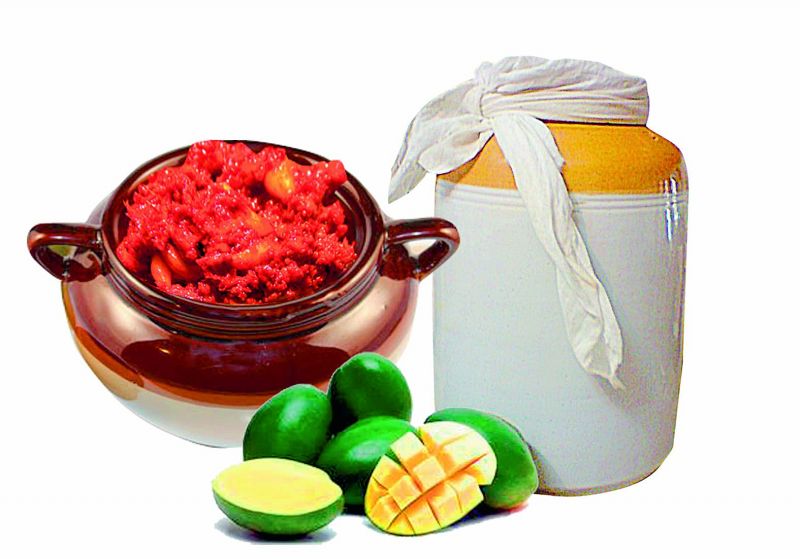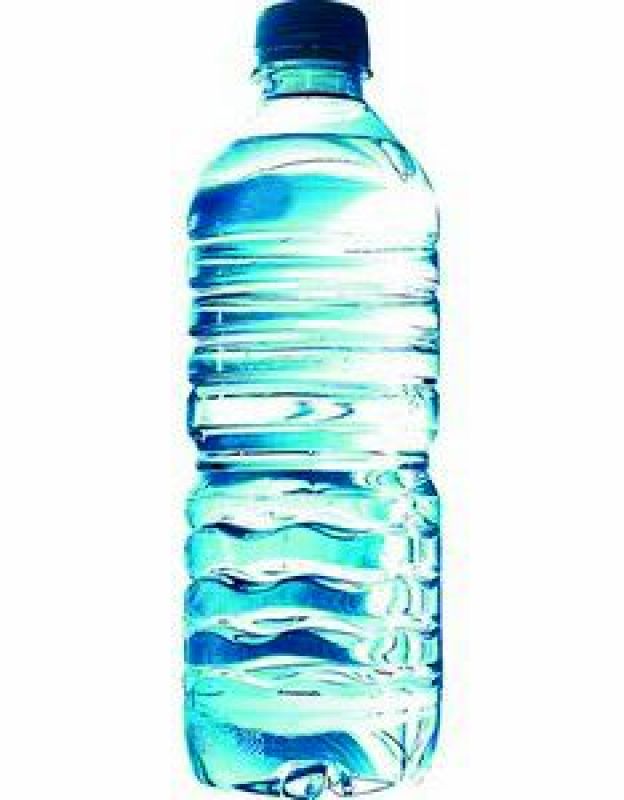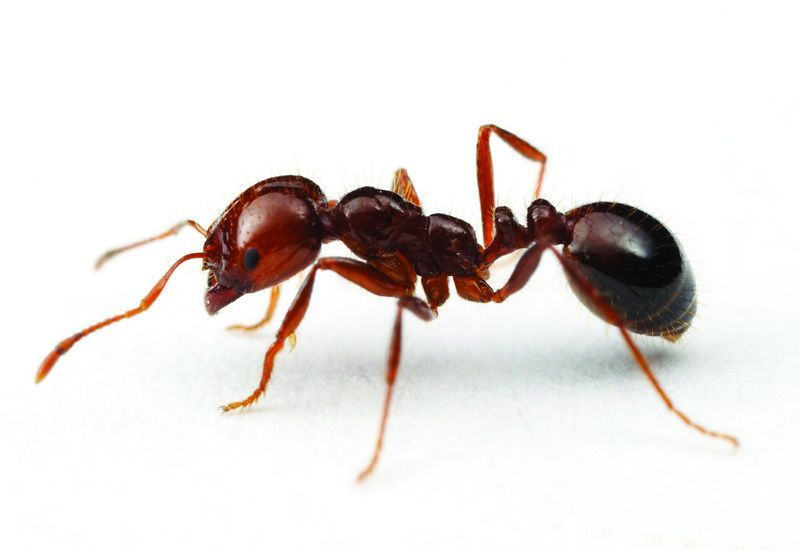Look before you eat
Homemade food can be contaminated too, with unknown toxic elements.
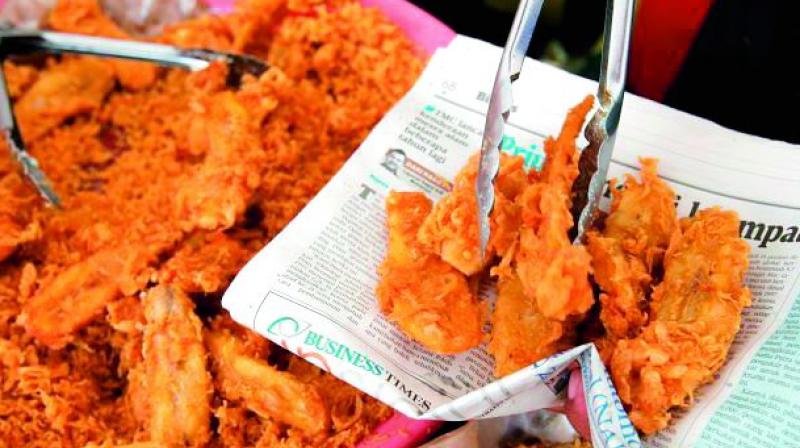
Steaming pakodas and piping hot tea from a roadside eatery seem welcome on a rainy day! But wait, look closely at the newspaper the pakodas are wrapped in, and the wax-coated paper cups in which the tea is served. Not just tasty, these delicacies may be layered with slow poison too. Some of our methods to deal with food might not be the safest,” cautions Dr. Saurabh Arora, founder, FoodSafetyHelpline.com, as he enlists a few dangerous situations people tend to overlook.
1. Newspaper wrappings and wax cups | The dye and solvents used for printing can be toxic. The contents include chemicals and heavy metal ingredients, which lead to toxicity after a long-term accumulation in the body and might cause paralysis, allergies, DNA damage, cancer and affect your immunity. Food grade wax cups are safe, but one can’t just tell the safe ones apart. It is best to use glass or stainless-steel cups.
2. Rat droppings, urine... | There are high possibilities of canned food stock being rummaged by rodents and cockroaches, while being stocked in storage, exposing them to rat droppings, urine and hair. Such food products, if tested positive for uric acid, indicate rodent infestation, which might cause viral infections, allergies and could affects one’s immunity. Make sure the cans are washed before breaking the seal.
3. Microwave cooking | Some food like instant noodles, go straight into the microwave oven without being transferred to a safe cookware. One never knows if the container that comes with the product is suitable for microwave. It might leach chemicals as it gets heated, and spread the poison. Good quality glass, and silicon vessels are ideal for ovens. Even for cookware, low-quality teflon-coated pans that crack and get mixed in your food need to be discarded. Toxic chemicals from utensils are a threat to the functioning of your central nervous system and might cause mental, reproductive and developmental issues.
Cleaning agents
While cleaning utensils, especially mixer grinders, ensure that no soapy smell remains. Also, rub your fingers on the surface to ensure that it is clean without residues. The effects of chemical poisoning depend on the strength of the cleaning agent. Simple soap residues can be digested, but stronger synthetic detergents can affect the gastrointestinal system.
Fungus in pickles
The ‘normal’ practice of scooping out the fungal layer from pickles and cutting off the moulds from vegetables like tomatoes before consuming it, is dangerous and not recommended at all. Moulds go deeper than what meets the eye. It can affect your digestive and gastrointestinal functions if toxins have accumulated in the food. The moulds can produce aflotoxin and other mycotoxins which are known carcinogens.
 Metal utensils and aluminium foil
Metal utensils and aluminium foil
Metal utensils and aluminium foil
Metal containers made of copper or brass should not be used to store salt, imli, lemon juice, curd or anything acidic in nature. It reacts with the metal and contaminates the food. Ensure that quality stainless steel containers are used for storage. Many aluminium foils contain a plastic coating which is unsafe. Aluminium however, doesn’t react with anything and is preferred for storage, unless it is an alloy with lead, cadmium or other heavy metals, which contaminate food and cause retarded mental growth, stunted physical growth, liver damage, renal failure and nervous issues.
Plastic bottles
To know how poisonous your container is, just check the smell. The strong smell from your new bottle shows how much toxin leaches into the water you drink. There is a regulated ‘overall migration limit’ for plastic to food and anything that violates it is dangerous. The monomers in plastic can cause DNA damage and even cancer.
Ants and insects
Ants and insects can transport bacteria from drainage to food and cause infections. Any food touched by insects should therefore be chucked out.
Human hair
Presence of human hair in food is an indication of lack of hygiene. Though hair by itself is not toxic, it can have bacteria or fungus growing on it resulting in infection of digestive or pulmonary functions.So, stay alert and ensure that what you cook and eat are safe, healthy and toxin-free.


